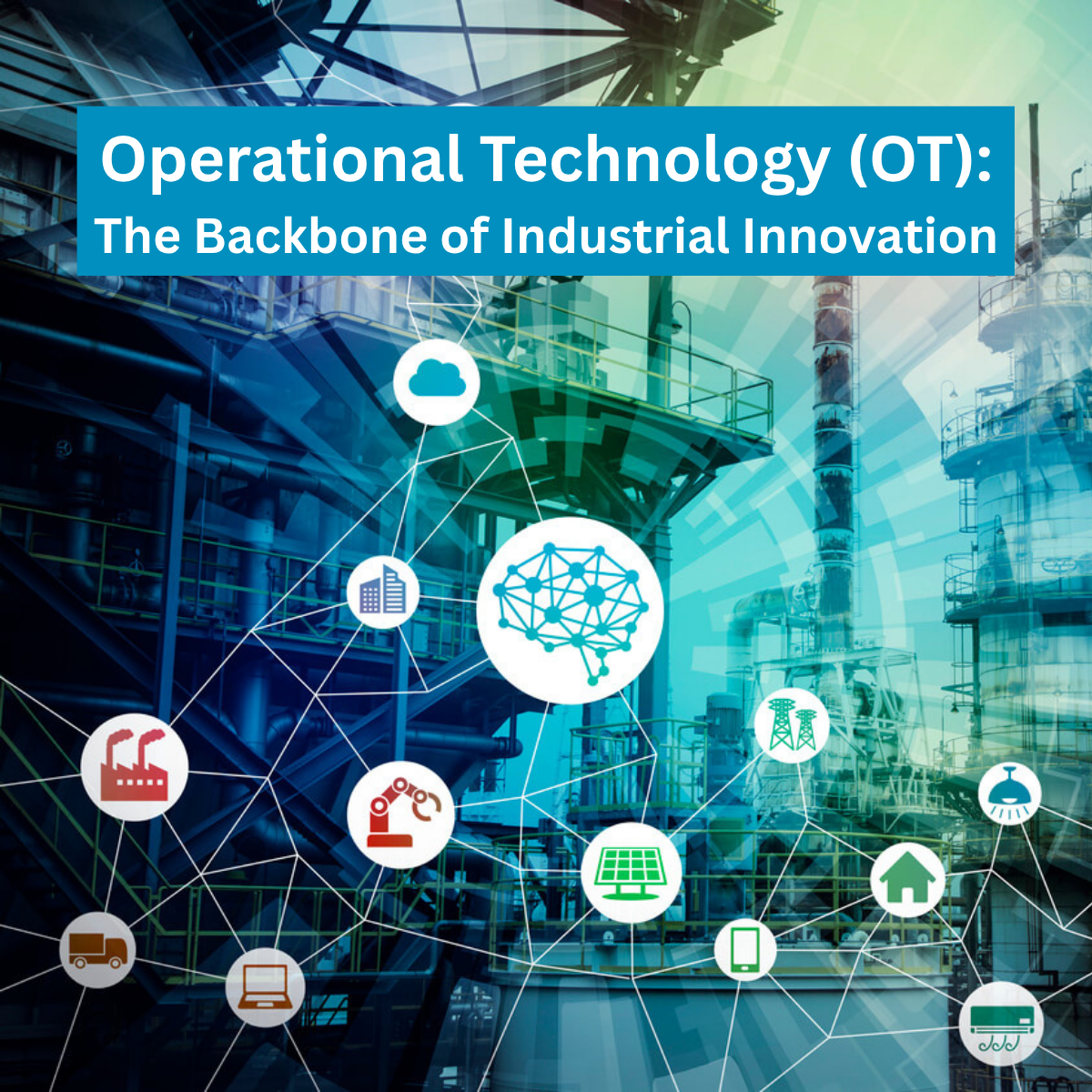Operational Technology: The Backbone of Industrial Innovation

In today’s rapidly evolving industrial landscape, Operational Technology (OT) plays a crucial role in ensuring efficiency, safety, and productivity. While Information Technology (IT) manages data and digital systems, OT focuses on monitoring, controlling, and optimizing physical processes, making it indispensable for industries like manufacturing, energy, and transportation.
What Is OT?
Operational Technology refers to hardware and software systems that interact directly with industrial processes, machinery, and infrastructure. This includes programmable logic controllers (PLCs), supervisory control and data acquisition (SCADA) systems, and industrial control systems (ICS). These technologies are designed to automate workflows, reduce human intervention, and maintain operational reliability.
Why OT Matters
Industries reliant on physical operations depend on OT to:
- Improve Efficiency: Automated systems streamline production, reducing downtime and operational costs.
- Enhance Safety: OT ensures critical infrastructure functions smoothly, mitigating risks in environments where human intervention may be limited.
- Enable Predictive Maintenance: By leveraging real-time data, OT helps detect early signs of equipment failure, reducing costly disruptions.
- Facilitate Smart Manufacturing: The rise of Industry 4.0 has propelled OT into the era of interconnected systems, leveraging AI, IoT, and analytics for better decision-making.
The Convergence of OT and IT
Traditionally, OT and IT operated in separate silos, but the modern digital landscape demands greater integration. With cybersecurity threats looming and operational complexities increasing, organizations must bridge the gap between IT and OT to ensure data security, real-time analytics, and scalable automation.
Challenges in OT Security
While OT systems were historically isolated from external networks, the integration with IT exposes them to cyber threats. Key vulnerabilities include:
- Legacy systems with minimal security measures
- Limited visibility into network activity
- Lack of standardized cybersecurity protocols
To address these risks, companies must adopt robust cybersecurity strategies, including segmentation of networks, continuous monitoring, and employee training on secure practices.
Future of OT
As industries embrace digital transformation, OT will continue evolving alongside AI, IoT, and cloud technologies. The shift towards smart infrastructure and autonomous operations will redefine efficiency standards, enabling faster, safer, and more resilient industrial systems.
Is Your OT Strategy Keeping Up with the Pace of Innovation?
Operational Technology is transforming fast, and so are the threats and opportunities that come with it. Whether you're looking to enhance system security, streamline operations, or align your IT and OT environments, we’re here to help you move forward with confidence.
Let’s talk about your OT goals. 👉 Start the Conversation